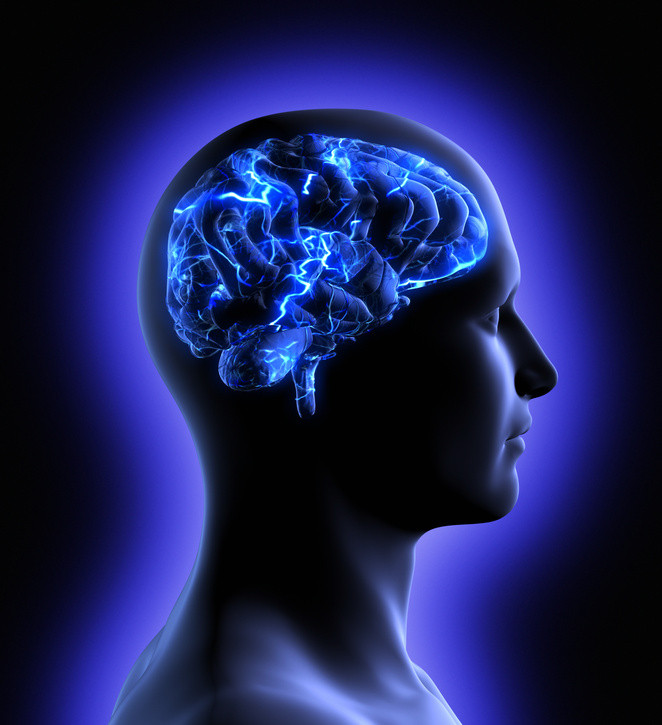
An international, interdisciplinary group of researchers led by Gabor G. Kovacs from the Clinical Institute of Neurology at the MedUni Vienna has demonstrated, through the use of a new antibody, how Parkinson’s disease spreads from cell to cell in the human brain. Until now, this mechanism has only been observed in experimental models, but has now been demonstrated for the first time in humans too.
At the focus of the study, recently published in the journal Neurobiology of Disease, is the protein α-synuclein. This protein is present in the human brain but develops into a pathologically modified form in the presence of Parkinson’s disease and a common type of age-related dementia (known as Lewy body dementia, responsible for up to a quarter of all dementia-related diseases).
This study, which was carried out by a team from the MedUni Vienna in collaboration with researchers from the USA, Germany and Hungary, demonstrates for the first time that human nerve cells take up the pathological α-synuclein and thereby transfer the disease from one cell to the next. “This explains why patients with Parkinson’s disease deteriorate more and more from a clinical perspective and develop new symptoms, because the disease is able to spread to other parts of the brain through this infection process,” says Gabor G Kovacs, commenting on the central finding of the study.
New antibody achieved major breakthrough
The researchers demonstrated this mechanism using an antibody that scientists from the MedUni Vienna played a key role in helping to develop in collaboration with the German biotech firm Roboscreen. As the study shows, this antibody is the first to distinguish between the physiologically present and disease-associated form of α-synuclein and reacts exclusively with the pathological form.
Mechanism of spread demonstrated for the first time could provide a basis for new treatments for Parkinson’s
“For patients with Parkinson’s disease, this means that α-synuclein’s mechanism of spread from cell to cell could serve as a point of therapeutic attack if we are able to block this cell-to-cell transfer mechanism,” continues Kovacs. In diagnostic terms, this antibody also represents a major breakthrough, since the antibodies used previously were unable to distinguish between the physiological and disease-associated form, which meant that they could not be used as easily for diagnostic purposes, e.g. in body fluids.
New antibody improves diagnosis
The fact that this is now possible for the first time has been demonstrated by a further study, also recently published in the specialist publication Clinical Neuropathology. According to this study, the new antibody can be used to detect disease-associated α-synuclein in the cerebrospinal fluid of patients with brain disease associated with α-synuclein. This is of major importance for clinical practice, because it means it will be possible to clinically determine whether the dementia is caused by Lewy bodies or not. This study arose through close collaboration between the Clinical Institute of Neurology (Gabor G. Kovacs) and the University Department of Neurology (Walter Pirker) at the MedUni Vienna.
Story Source:
The above story is based on materials provided by Medical University of Vienna. Note: Materials may be edited for content and length.
Journal Reference:
- Gabor G. Kovacs, Leonid Breydo, Ryan Green, Viktor Kis, Gina Puska, Péter Lőrincz, Laura Perju-Dumbrava, Regina Giera, Walter Pirker, Mirjam Lutz, Ingolf Lachmann, Herbert Budka, Vladimir N. Uversky, Kinga Molnár, Lajos László. Intracellular processing of disease-associated α-synuclein in the human brain suggests prion-like cell-to-cell spread. Neurobiology of Disease, 2014; 69: 76 DOI: 10.1016/j.nbd.2014.05.020
